“Well… it’s not getting any lighter standing here looking at it.” That’s often the thought in my mind just before I heft a heavy sculpture… or do a deadlift/squat. Yep, we work out. It’s an important part of our fitness, health, mental and creative practices. As we have discovered, working out also has a direct tie-in to some of our art philosophy – we’ll get to that part in a bit.
Big, Heavy, Awkward
Working out is, as we say, cheap insurance for a lifestyle where a lot of what we do involves lifting and moving big, heavy, cumbersome and often fragile sculptures. A box of clay is 50 pounds and those get lugged around the studio like they’re going out of style… we buy clay 2000 pounds at a time. A life-sized clay sculpture is about 130 pounds and a big bronze can be anywhere from 150 pounds on up.
We often have to go through some pretty awkward positions and less-than-ideal body mechanics to lift and move these sculptures from place to place, into and out of kilns and generally deal with something close to your own size that has no commitment to going anywhere on its own. Working out helps mitigate some of the hazards of these unavoidable activities in our practice.
When the pandemic hit, one of the things we had to figure out in order to maintain our health and creative lifestyle was how we could continue to work out without having access to a gym. After a couple of utterly unsuccessful (but funny) attempts at doing curls with faun sculptures and overhead presses with angle grinders, I traded a six pack of beer and some homemade chicken pot pies for the use of a couple 45-pound plates and a pair of 90-pound adjustable dumbbells. Colin welded a barbell from scrap steel we had in the yard, poured several hundred pounds of concrete weights and we were off and running… er, lifting. Over the next couple years, one piece of equipment at at time, we’ve built a reasonable home gym that we much prefer to our old routine of going to a commercial gym.
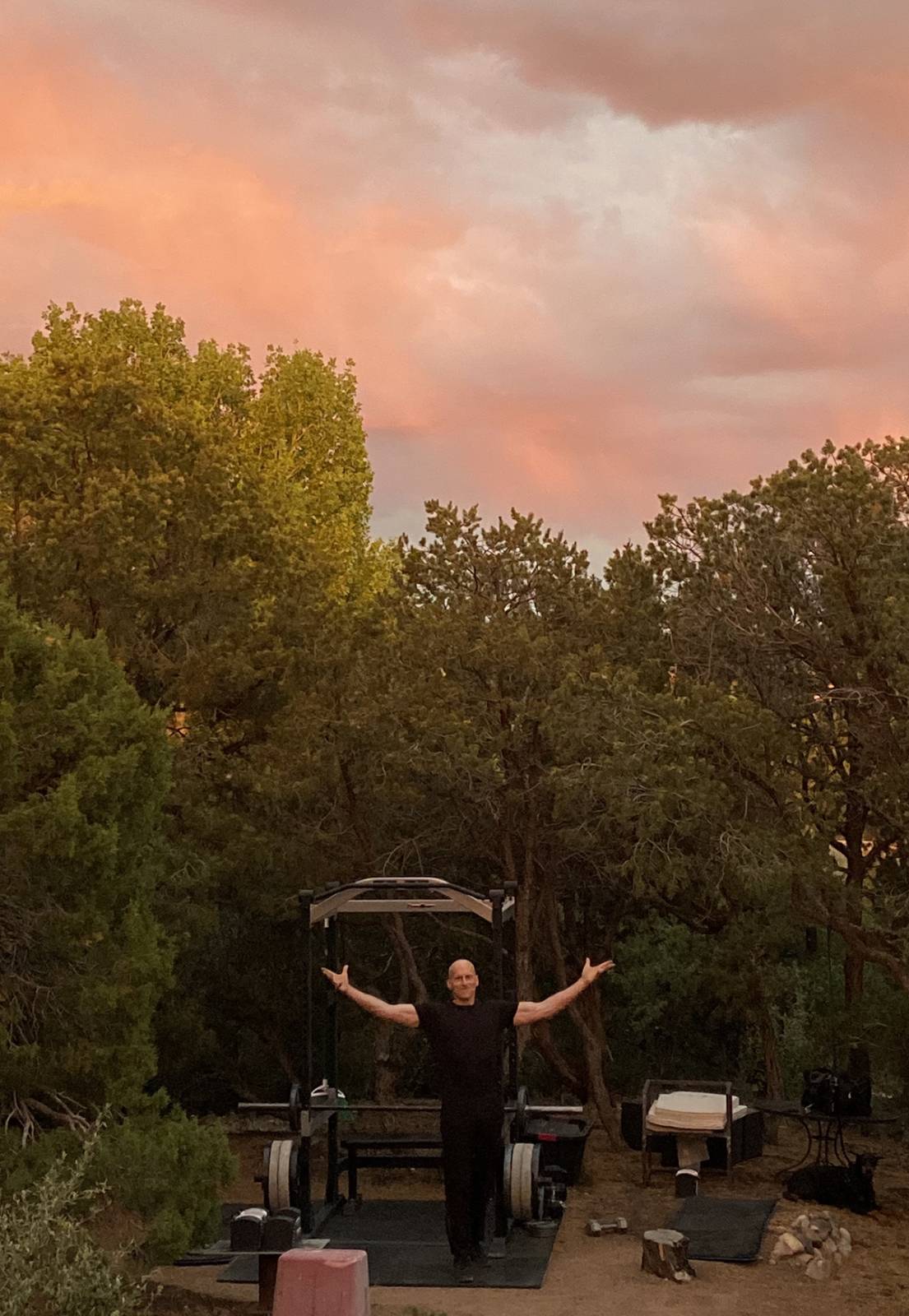
In the humble beginnings, our gym was outside with minimal equipment. We’ve since moved it to an indoor room and added lots more stuff to play with in our workouts
A for Anatomy
If you work at all with the human form, studying anatomy is a must. Knowing where specific muscles are and what they look like is important. That said, we can all look at reference or a model and recreate some representation of what we see, but…direct experience with what a particular muscle does and does not do and what actions cause it to fire or to relax is invaluable information when you’re trying to a) interpret what the heck all those little bumps and lines all over the figure are or b) invent something believable from your imagination. When you wake up the morning after a good shoulder workout, lift your arm to get your coffee cup from the cupboard and go, “Owwww!”, you’re learning something about what those muscles do (and you may want to put your coffee cup on a lower shelf). Understanding muscle function and movement is a huge bonus when it comes to figurative art.
Mental Check Up
I’ve been a jogger/hiker all my life. The rhythm, repetitious movement and fresh air always frees my mind up. It is rare that I come back from a jog without some kind of idea, insight or solution to a creative problem. Often, I just head out and see what comes to my mind. When confronted with a serious mental roadblock, I take a few moments to define the obstacle clearly beforehand, then let my mind wander as I run. Invariably potential solutions occur and I’m re-energized to dive back in when I return to the studio.
Besides, who wouldn’t want to get out and see scenes like this on a regular basis?
Physical to Philosophical
Everything in our life centers around our art. When I’m lifting a heavy weight, I always imagine it’s a sculpture. No matter how heavy or awkward, it needs to come up, so I do it – because if it were a sculpture and I failed, it would fall and break. In this case, there is “no try, only do.” Yes, Master Yoda. I once read about a competitive weightlifter. She rarely knew how much weight her coaches had loaded on the bar or concerned herself with that, saying: “I lift the weight that’s in front of me. That’s all.”
That’s well and good, but what does that have to do with making art? I think it’s often easier to understand concepts in the physical realm. When I’m confronted with a task in my creative life that seems unpleasant or insurmountable, I think, “just lift the ‘weight’ that’s in front of you (do the task at hand). That’s what you’ve trained to do.” Thinking this shuts down a fair bit of the banter in my brain and gets me started. Once I’m past the initial inertia, I find that the “weight” keeps moving and the insurmountable becomes doable, one step at a time.
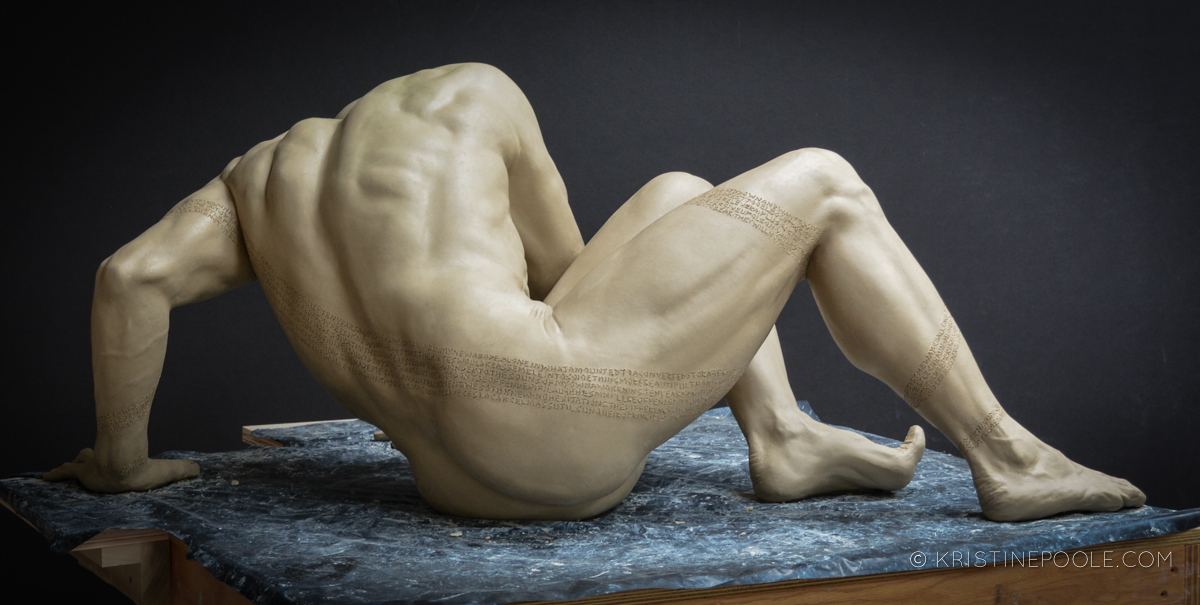
“Overcome” water based clay, 3/4 life-size: This fellow required a lot of “just lift the weight in front of me.” I had to cut him apart and reassemble him six times to to correct parts that had slumped.
There’s a term in Japanese: Kaizen. It means change for the better – making continuous improvements every day, as a gradual and methodical process. In the gym, it’s easier to see – if today I’m able to lift a bit more or do a few more reps than last week, there’s improvement.
In our work, it might be more difficult to determine that those little methodical steps are happening, especially given the subjective nature of art. It can help to set out specific, measurable results for yourself. “I want to make great art” is a fine goal, but how do you know when you’re there? “I want to deadlift 315” is pretty specific and measurable – you did it or you didn’t. Examples of specific and measurable in an art practice can be things like: I’m going to draw in my sketchbook ten minutes every day; I’m going to schedule two hours five days a week to work on my personal art; I’m going to work from 9 to 2 everyday with no social media breaks. If you take the measurable actions, you’re going to improve and in time, make great art.
The interesting thing is that I wouldn’t expect to be able to deadlift 315 out of the gate – I’d look at it and know instinctively that it will take weeks, months or years of ongoing work to build up to that point. Why then do we tend to think we should be able to pick up a pencil, paintbrush or clay and be able to crank out a masterpiece without the years of consistent practice? If we stop working out for three years, we easily understand that we’ll be back to the starting line, but if we “used to be a good drawer” somehow we’re baffled if three years of no graphite on paper results in our abilities being a bit atrophied. We always have to build up the muscles we want to use, whether physical, mental or creative.
On Focus: This is all there is in this moment
Working out helps us to train our focus too. Colin says that when he’s amping up for a heavy lift, he’s trying to “zap the evil distracting voices” – the “don’t think about a white horse” thing. He’s putting all his focus on the moment and the task at hand, not all the other stuff that creeps in. He concentrates on the most important salient points, running through the sequence of actions he’s about to do. This workout discipline simultaneously develops the mind muscle that helps shut out the chatter of all the other distracting life stuff needing tending and especially the voices that have negative things to say while we’re working on our art.
The disciplines of the mind are established and reinforced day by day, action by action. Whatever you do or say or think over and over becomes a pattern for your brain. Training in “this is all there is in this moment” kind of focus can make a huge difference when developing a creative idea…or using power tools. One time I was working long days getting ready for a show and was, of course, exhausted and wooly-brained. My focus on the task at hand slipped for a moment and in the blink of an eye, I dropped an angle grinder with a spinning steel wire wheel on my leg, ending up a mangled mess, with permanent scars. Probably better to have learned the focus lesson at the gym…
The Way to Get Better is to Do Difficult Things That Are Hard for You
In lifting, one of the things I always remind myself when it seems like something is really hard for me is “you are a lot stronger than you think you are – in time, if you keep working at it, you’ll be strong enough to do this too.” In my art, when an idea comes to me and my first reaction is, “that’s impossible” or “I have absolutely no idea how to do that…” I take that as a sign that that’s exactly the direction I need to go and I remind myself “you are a lot stronger than you think you are – you can do this too.” After all, it’s been said that creativity is doing what you don’t know how to do.
Colin says, “as you get into heavy territory, the gains can be quite small and sometimes there are setbacks, but the general trajectory is getting better and better because of the consistency of your work.” He might well be talking about making art rather than lifting weights.
Success: The Battle of the “C’s”
When I get in a time crunch with deadlines, shows and studio work, the thing that seems to be the easiest to drop is working out, but it should be the last thing to go in these times of pressure. Even if I take just a few minutes to go for a jog or lift a few weights, it alleviates some stress and gives me an active break. I have to keep in mind that health and longevity in our career is the most important thing.
The word “success” has two c’s at its center. I think of this as the battle we often face: the struggle between Circumstances and Commitment. Looking at it in the working out example, my Circumstances might be, “I don’t have time,” “I’m too tired,” “I don’t feel like it,” and so on. My Commitment is to take the best care I can of my body and mind so my creative life can flourish. When my Commitment wins the battle, my life works.
As a final note, if you’re thinking of adding some physical activity to your routine, start with things you enjoy – walking, playing sports, etc. If you do choose to take on a more ambitious exercise routine, be sure to start slowly and build up. Ask for help if you’re not sure how to do something safely. It can be worth taking a few sessions with someone who knows the ropes to make sure you’re doing exercises and using equipment correctly. Doing things that nourish a healthy body and mind contribute to a thriving creative life.


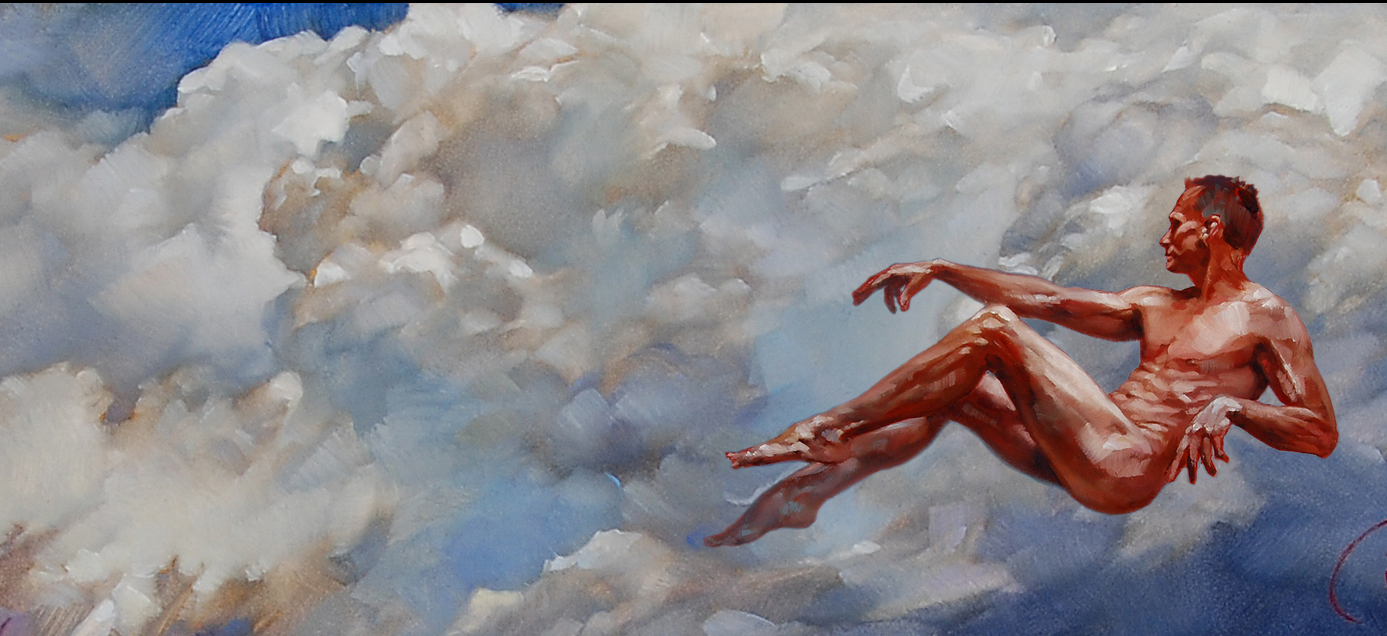
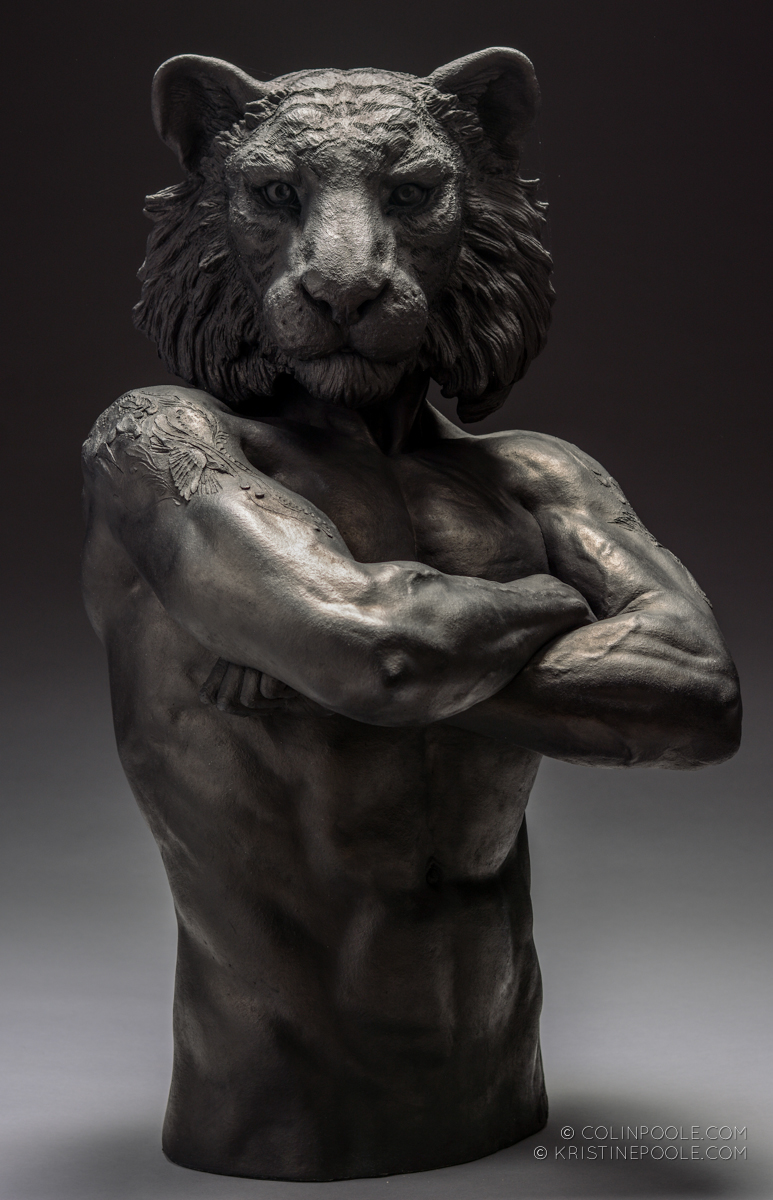

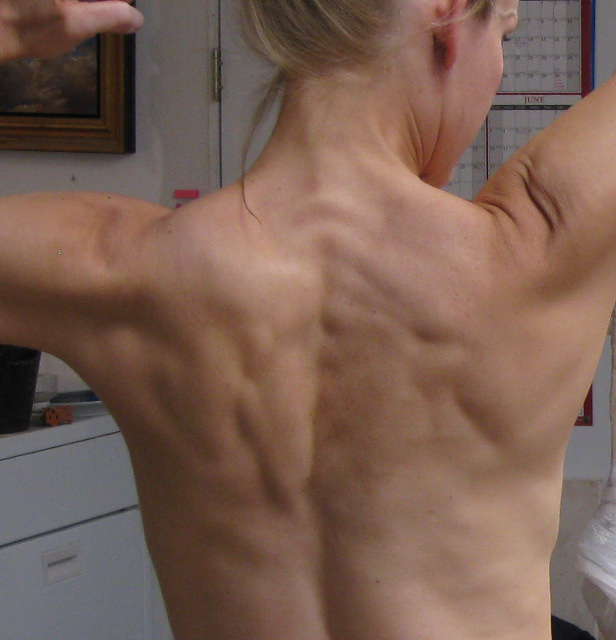


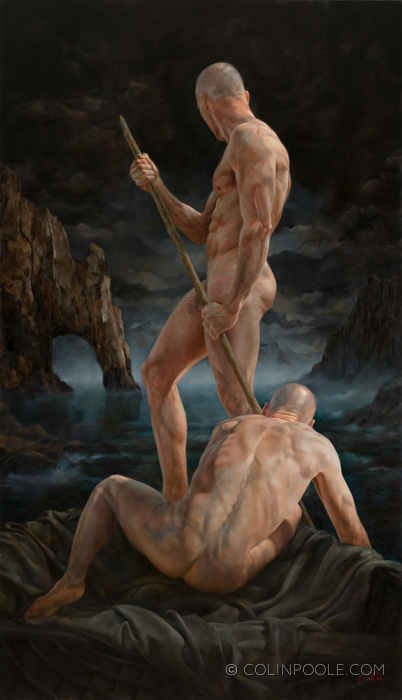
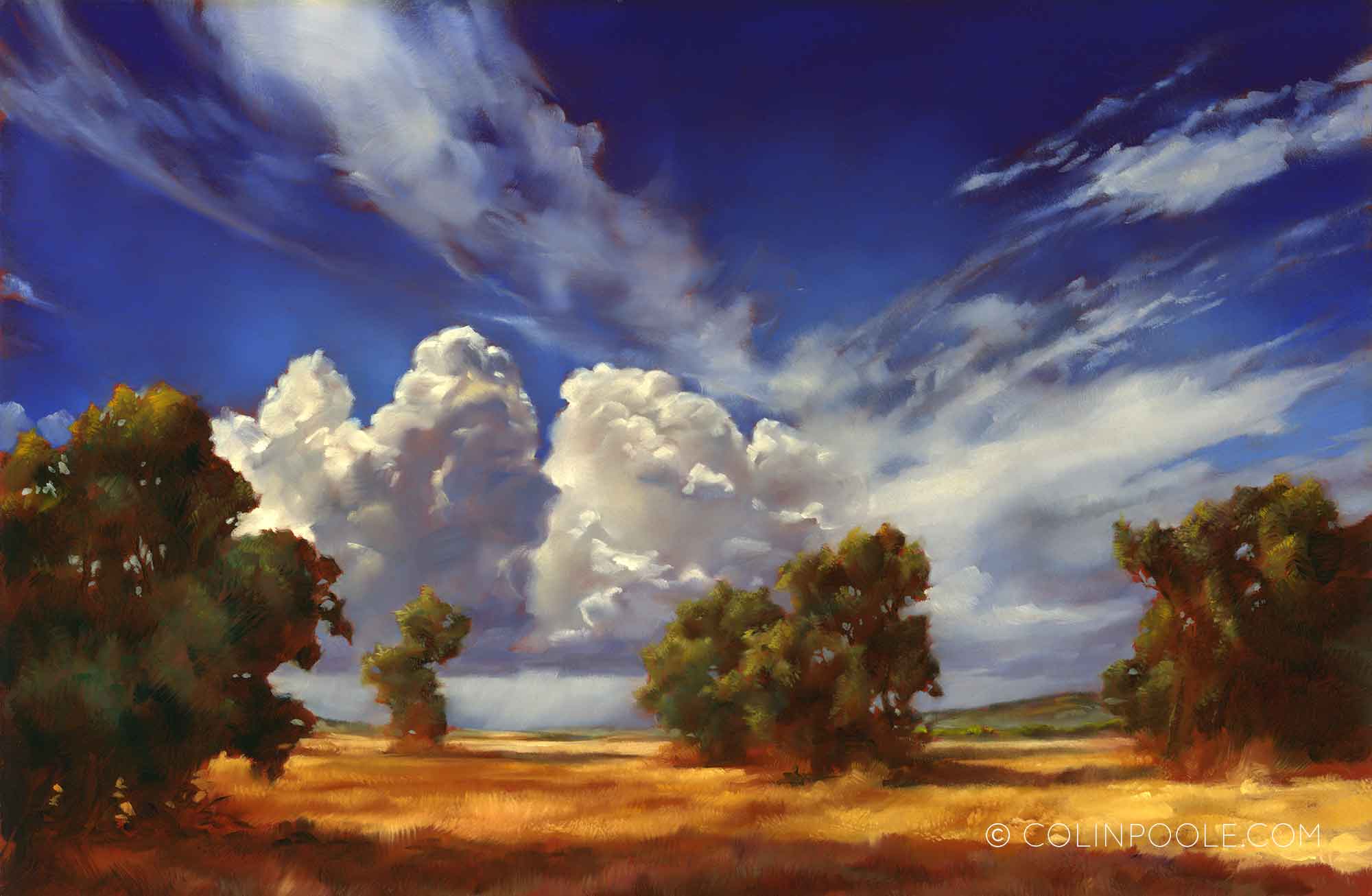
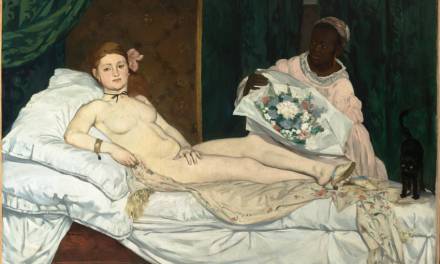

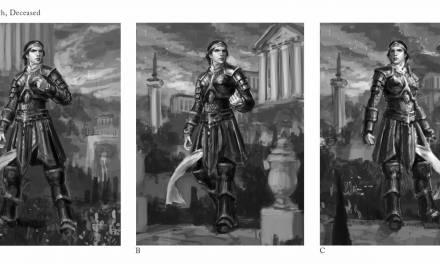
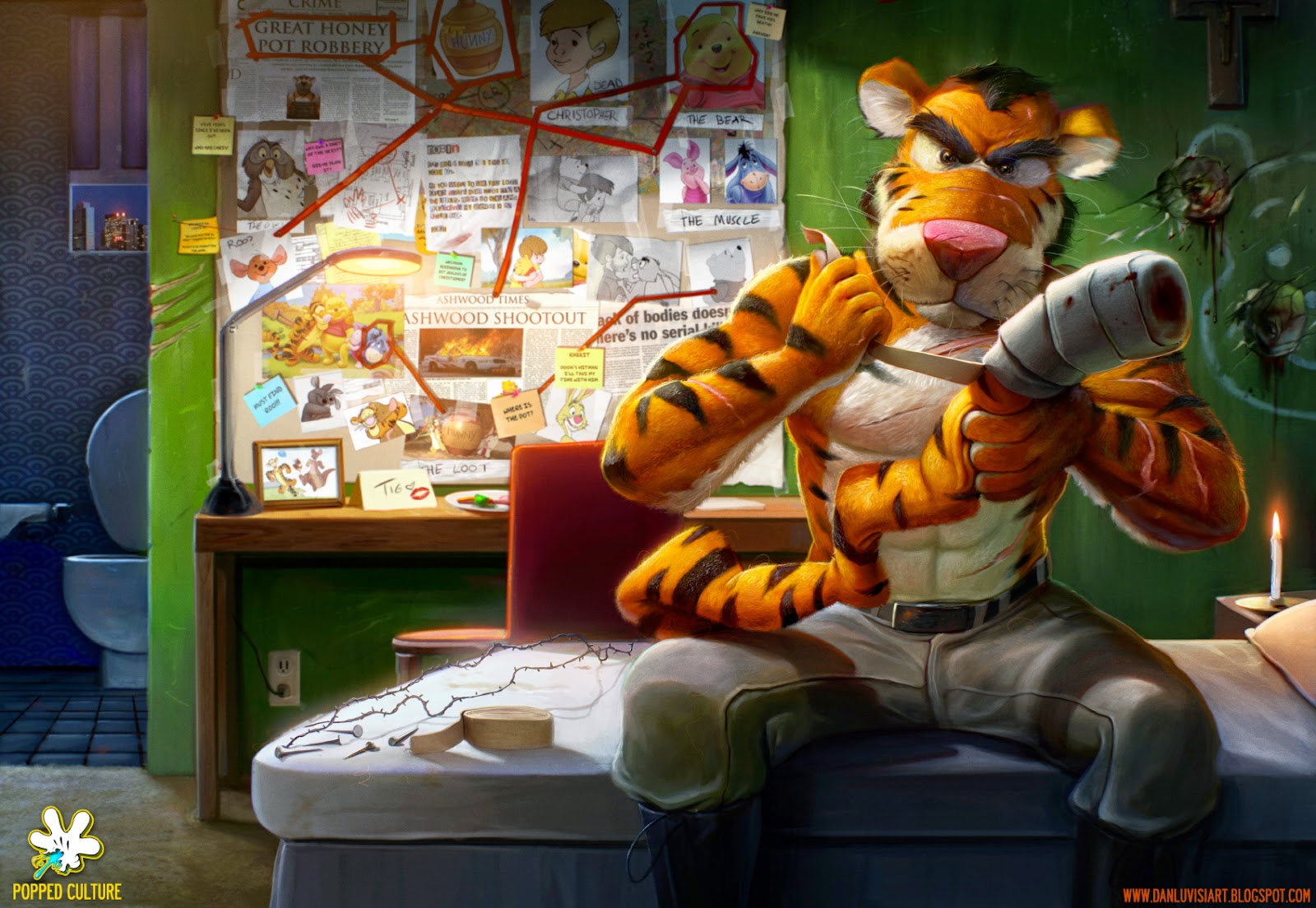
Wow, you all are so resourceful! I’d love to be able to pour my own concrete weights. So inspiring. Loved the article
Hey Peter, delighted to hear you enjoyed the article. Balancing our lives to have time for the things that keep us healthy sometimes seems a challenge, but well worth the effort. As to concrete weights, we just looked it up on You Tube. There are bunches of ways people do it. We used a container we had on the property from a tree we planted a few years back. It was the perfect size and had softened edges. Colin put a steel sleeve in the center so it wouldn’t damage the bar as much and also used a lot of rebar reinforcement. Thanks for reading and commenting! 🙂 K
Covid got me so busy that working out stopped…ugh. Hard to get back on track. Having someone that does it with you is so awesome! Thanks for a great article! I think I need an exercise motivational support group! LOL!
Hi Lisa, Thanks for commenting! Super glad you enjoyed the article. As far as the getting back on track, I get it. Colin is so consistent – it’s really his reward time at the end of the day. I’m much more likely to be derailed by “busy” and “just need to get this other thing done.” So, I have gone through a fair bit of “back to the starting line” over the last few years! But I feel so much better when I stay on track… just try to not waste time beating myself up when I take a break. You’re right – having a workout partner is awesome. We’re able to spot and encourage each other. An exercise motivational support group is actually a pretty cool idea too… 🙂
“Denouement- Passage to Elysium by Colin Poole” is perfect
Thank you! it’s one of my favorites of his paintings. 🙂